By Haroon Reshi for Maeeshat
Kashmir – the land of beautiful meadows, lakes, icy rivers, freezing deserts, green mountain passes, rugged terrain, foothills and a lot of picturesque plains – has lost another season of tourism to the ongoing violence, causing further dent to its already weaken economy.
If experts are believed, more than 60 percent population of this state is directly or indirectly dependent on the tourism industry. The industry provides employment on daily wage basis to lakhs of people, mostly youngsters in every season.
But these days, just a small number of domestic and foreign tourists are seen in different tourist destinations of the Valley, despite the fact that the month of July is usually considered as the peak season for Kashmir’s tourism industry. But now most of the picturesque tourist destinations wear a deserted look and people related to the trade are sitting idle and hopeless. From a small guest house to a five-star hotel, room occupancy is almost zero.
To gauge the drop in tourist inflow, one can have a look at these official figures: As many as 67,181 tourists visited Kashmir in April this year. In the same period last year, the figure was at 1,42,761. In the first four months last year, 4,03,442 tourists had visited the Valley and in the corresponding period this year, the figure stands at just 1,81,102.
‘In the days of peace and tranquility, we used to have full advance bookings for the months of June, July and August. But this year, just a few tourist families shown up at our hotel, forcing us to curtail our staff members,’ Farooq Ahmad, manager at a hotel in Gulmarg tells Maeeshat.
In first six months last year, more than half a million tourists had visited Kashmir Valley. Then all of a sudden, a cycle of violence erupted throughout the Valley after the killing of militant commander Burhan Wani on July 8. Kashmir remained completely shut for about six months after his killing. During the protests in this period, more than one hundred people were killed, thousands wounded and many blinded by the pellet guns used by security forces. All tourists vanished from the Valley due to the violence. Noticing the gravity of the situation, hoteliers, traders and houseboat owners locked down their businesses for rest of the season.
But this year, people in general and those related to the trade in particular had hoped for a good tourist season. The state government’s tourism department had also made several efforts to lure the tourists from within and outside the country. But all the expectations and efforts proved fruitless. Reliable sources in the state’s tourism department told Maeeshat that the number of tourists visited the Kashmir Valley this year up to now has not crossed even one lakh.
Most of the people in the tourism trade believe that Indian media, particularly some news channels played a destructive role to ruin Valley’s tourism by portraying Kashmir like the most dangerous place on earth.
‘Indian media has damaged the tourism trade this year by aggregating about the situation. A small incident of stone pelting in some remote area of the Valley is being shown several times a day by some TV channels. Debates, full of hatred against Kashmiri Muslims, are organised everyday on prime time by these channels just to raise their TRPs. After watching all this on TV, people who were preparing for a visit to Kashmir this year, changed their plan,’ Muhammad Azim Tuman, former head of the Kashmir Houseboat Owners Association said.
Tuman himself owns three large-sized houseboats which are floating on the waters of Srinagar’s famous Nigeen Lake.
‘All the three houseboats have remained vacant since July last year,’ he said. ‘Keeping a houseboat prepare to host the guests is not an easy task. It takes around 10 lakh rupees annually to maintain a houseboat and to keep its staff alerts to look after the visitors,’ Tuman added.
Every houseboat has at least three to four salaried staff members including a cleaner, a cook, a waiter and a keeper. Then there are other expenditures like procurement of drinking water, electricity bills and municipality taxes. It needs a huge investment throughout the year to be ready to host the guests in our houseboats, Tuman explains.
From a big hotelier to a small boatman and from a houseboat owner to a street vendor, everybody seems effected due to the decline in tourism industry.
Take the case of Ajaz Wani, a Shikara wala in the Dal Lake. He says, ‘Till July 8 last year, I used to earn Rs 1000 to Rs 1500 each day. But this year I have hardly earned more than a few thousand rupees so far.’ There are hundreds of people like Ajaz who are completely dependent on tourists for their livelihood. ‘I have my mother and two school-going sisters to take care of. If there are no tourists visiting Dal Lake, for me it simply means poverty at my home,’ Ajaz told Maeeshat.
The government has fixed the rate for one hour riding in Shikara in the Lake at Rs 400, which according to Ajaz is a “very good tariff’ provided there are tourists regularly coming to the shores of the Lake.
Now the recent terror attack on Amarnath pilgrims in South Kashmir, which killed eight including five women, has further reduced the chances of any improvement in the situation. ‘The unfortunate incident of the attack on Amarnath Yatris has diminished our hope now. We have lost this season too,’ says Ajaz.
Many stakeholders are blaming the government for the unfortunate situation in Kashmir.
Muhammad Yasin Khan, president of Kashmir Traders and Manufactures Association, says, ‘It seems the government does not want an economically flourishing Kahsmir…If it is not so, then why it does not stop news channels from portraying Kashmir as a dangerous place. There is no danger in Kashmir. Nobody harms any outsider here. If thousands of Amarnath Yatris can visit Kashmir every day, why can’t the tourists come over here?’
‘Modi government could have taken several steps to make sure that tourist inflow does not stop in Kashmir. At least, it could have stopped the negative coverage of Kashmir in a section of electronic media,’ Khan added.
Pertinently, the tourism industry in Kashmir has been frequently fluctuating up and down during last 27 years of insurgency.
Before the armed insurgency started in Jammu and Kashmir in late 1980s, tourism was the most important part of the state economy. According the official records, eight lakh tourists (Amarnath pilgrims not included) had visited Kashmir in 1989, before the first ever bomb blast in Srinagar. Western and European countries issued negative travel advisories restraining their citizens from travelling to the troubled Kashmir.
The revival of tourism in the Valley came with a significant number of visitors in 2004, when it touched nearly four lakhs, in addition to four lakhs more who went on the Amarnath yatra.
During the past several years, the state government has taken a series of initiatives to develop infrastructure in the state so that it can accommodate more and more tourists in the state, particularly in the Valley. Apart from famous tourist destination like Gulmarg, Sonamarg and Pahalgam, the government has developed Bangus Valley, Verinag, Kokarnag, Ahrabal, Doodhpatheri, Yousmarg and Manasbal in the Valley to lure the domestic and foreign tourists. Construction of inter-district roads leading to these places has been done during the past decade. The government has also developed the heritage places and shrines to make them attractive to the tourists.
But all these efforts are fruitless because of the uncertainty in the state. Many stakeholders believe that tourism industry in Kashmir cannot be flourished until the Kashmir dispute is resolved once for all. Sheikh Ashiq, a prominent businessman and former president of Kashmir Chamber of Commerce and Industries (KCCI), says, ‘We need a permanent solution to the situation. After every few years, we have a bad situation here. After uprising in 2008 and 2010, we had the worst ever situation last year when more than hundred people were killed during violent protests. How can we have a normal life here in such circumstances?’

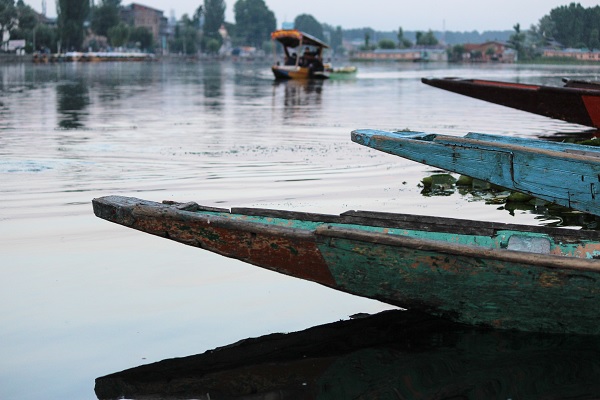
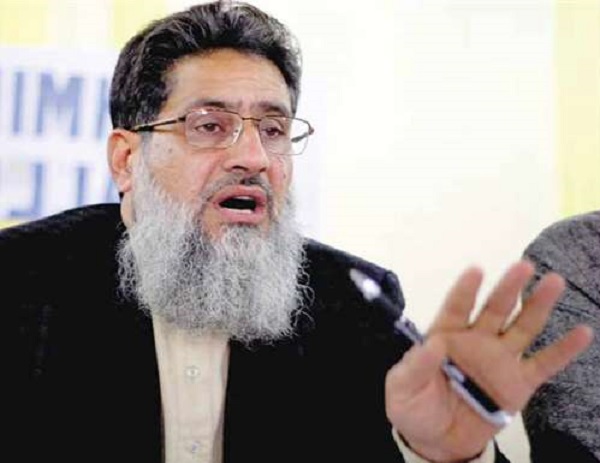
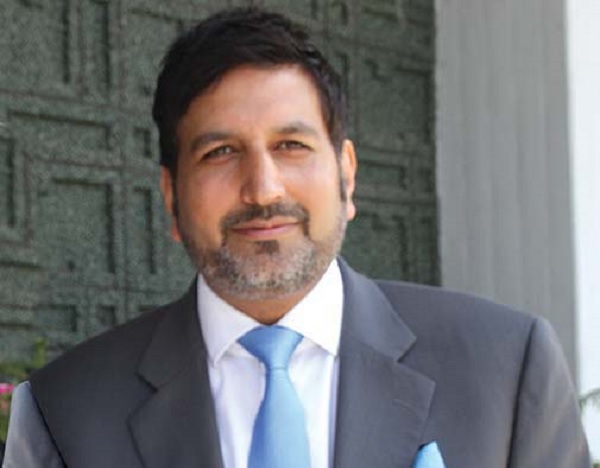
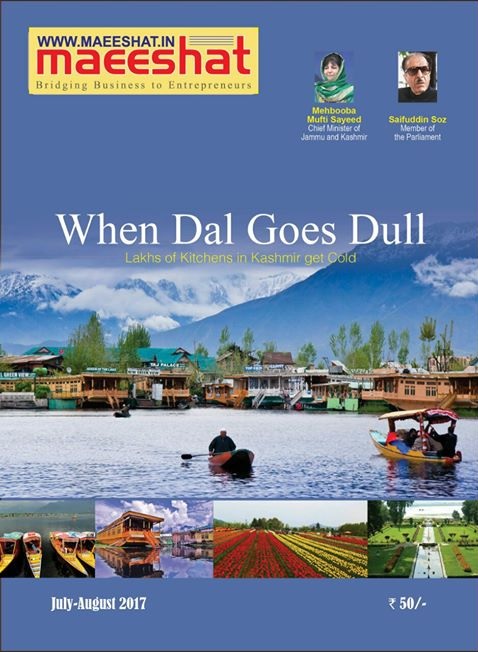


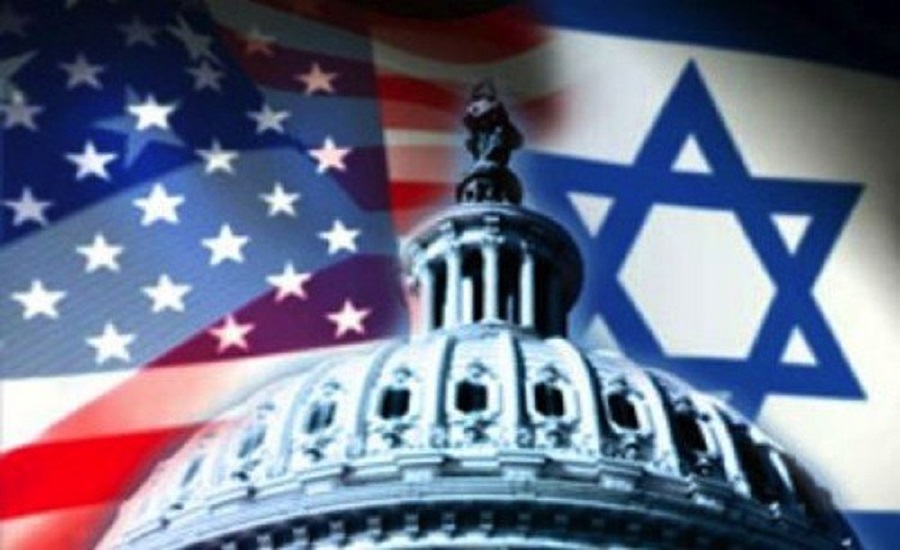
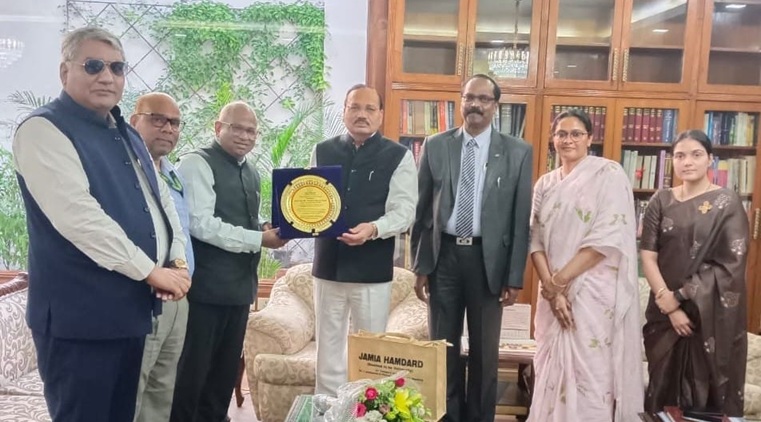

0 Comments